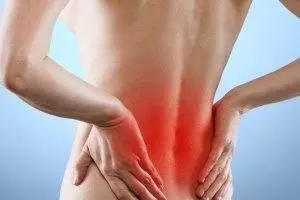
If severe leg pain and/or back pain and neurological symptoms cannot be controlled with conservative measures, surgical treatment is required. The aim of the endoscopic disc operation is to remove the urging disc tissue, i.e. only the herniated disc, and thus to relieve the pinched nerve spatially or to lay it completely free again.
We operate on a herniated disc endoscopically! With almost 10,000 endoscopic disc operations and over 20 years of experience , Dr. Schubert is not only a co-developer and further developer, but also the leading and most experienced spinal surgeon in endoscopic spinal surgery worldwide.
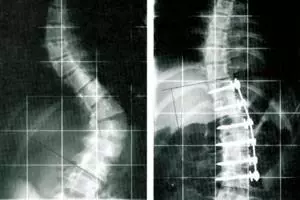
Spinal column stabilization - a spondylodesis should always be considered the last step, as this is an irreversible surgical intervention.
This is where the deformed section of the spine is corrected and stiffened at the same time.
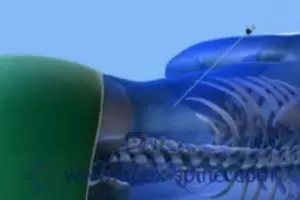
The endoscopic surgical technique to eliminate intervertebral disc problems has also proven itself for many other back problems.
Using this technique, all types of herniated discs can be removed gently and minimally invasively. This technique is also suitable for chronic back problems caused by bulging discs and tears.
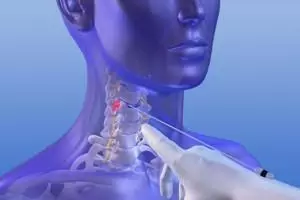
endoscopic disc surgery does not - as is usual - remove the entire disc and replace it with a placeholder (cage, bone block or prosthesis), but only the herniated disc is removed under local anesthesia.
The natural mobility and stability of the spine is thus retained.
Ultimately, this intervertebral disc surgery (percutaneous nucleotomy) is performed in the same way as intervertebral disc surgery in the lumbar spine area, where only the herniated disc is removed and not the entire intervertebral disc is replaced by an artificial placeholder.
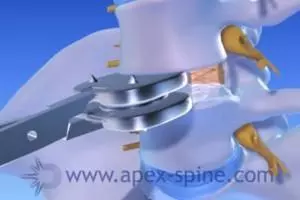
Thanks to progress in implant development, modern intervertebral disc prostheses are now optimally tailored to the special anatomical and functional conditions of the cervical spine and therefore allow natural movement sequences, whereby the cervical spine remains completely mobile.
In addition, they have dampening properties similar to those found in healthy intervertebral discs...
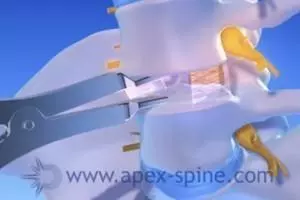
Intervertebral disc degeneration can cause severe, changeable, periodic back pain (with or without leg pain), which can affect daily life to a greater or lesser extent.
Many patients with degenerative spinal disease have previously had multiple disc herniations. The degeneration is usually not visible on an X-ray image, but an MRI image clearly shows the degenerative structures.
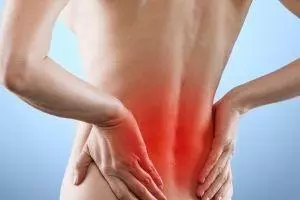
The desired expansion of the spinal canal and relief of the constricted nerves can often only be achieved with the surgical removal of protruding bone outgrowths.
While in the past this often meant a complex operation on the open spinal canal (laminectomy), in which the vertebral arches and vertebral joints were generously removed in the narrowed area, modern minimally invasive procedures using a surgical microscope, which enlarges the operating field many times over, allow ...
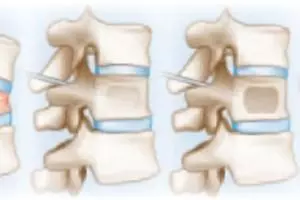
The aim of balloon kyphoplasty is to straighten and stabilize a collapsed vertebral body in such a way that no micro-movements can irritate the periosteum (the periosteum), thereby eliminating the main cause of the pain.
For this purpose, the patient is positioned in such a way that a corresponding curvature of the spinal column already contributes to straightening and relieving the load on the vertebral body.
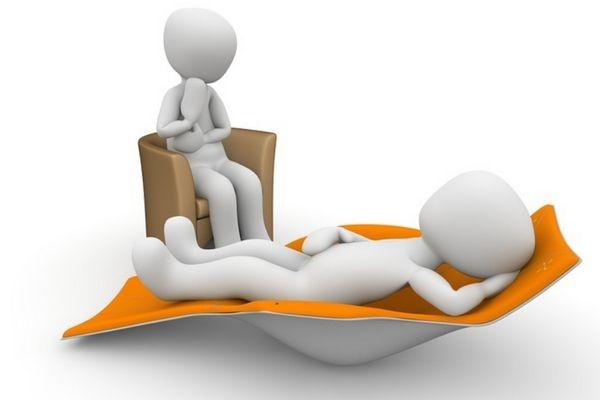
...has proven itself in smaller intervertebral discs - incidents with very severe back or leg pain; proven to be very effective in scarring after an intervertebral disc operation that has already been performed and in the case of spinal stenoses that are not very pronounced (narrowing due to wear and tear).
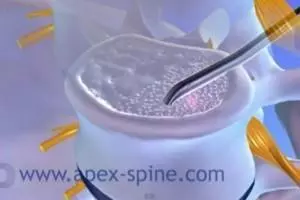
If back pain lasts longer than 6 weeks, it has become chronic back pain. Every chronification of pain represents a challenge for the doctor.
If conservative therapeutic measures such as physiotherapeutic and physical forms of treatment as well as targeted drug pain therapy do not lead to a significant improvement within 6 to 8 weeks, further differentiated research into the causes is important.

A team of internationally trained physiotherapists, manual therapists, chiropractors, osteopaths and masseurs is at your disposal at the APEX SPINE Center. All therapists can determine the right treatment analysis in the initial phase of therapy and carry out the necessary applications directly.
the targeted strengthening of the back muscles under the highly specialized guidance of experienced sports therapists is the primary goal
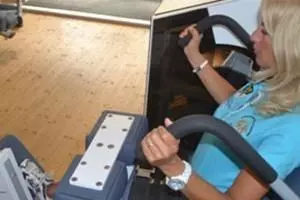
In the APEX SPINE Center , the primary goal is targeted strengthening of the back muscles under the highly specialized guidance of experienced sports therapists.
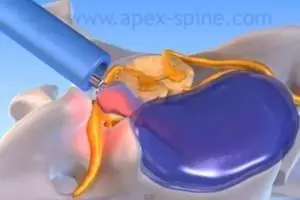
Under certain circumstances, dorsal cervical microforaminotomy can be an option to repair a herniated disc in the cervical spine area without the need for implantation of a disc prosthesis or fusion surgery.
This is the case, for example, when the herniated disc tissue emerges laterally or when the narrowing of the nerve exit hole is limited to one side.
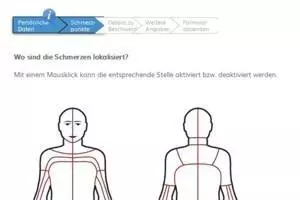
We offer you the possibility of a quick and efficient initial assessment and advice
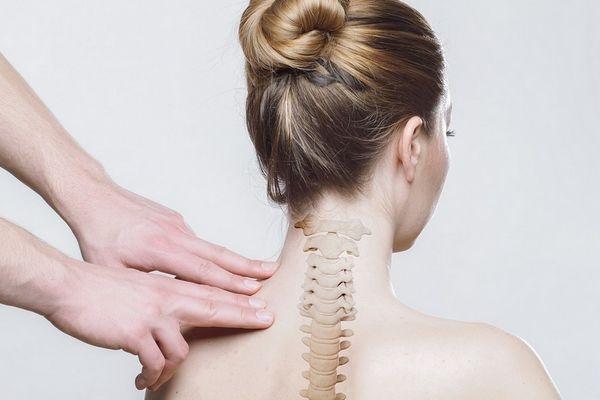
In the event of an accidental vertebral fracture with pre-existing reduced bone quality (e.g. osteoporosis), balloon cementing (kyphoplasty) of the fractured vertebral body alone is often not sufficient due to the resulting instability and resulting misalignment in the injured section of the spine.


We offer you the possibility of a quick and efficient preliminary assessment of your complaints and advice. You have already received a therapy suggestion, ...
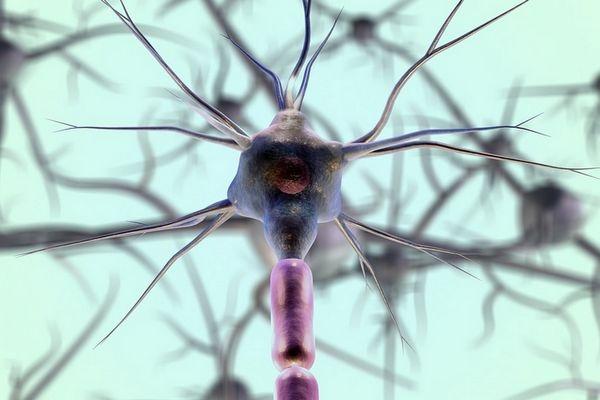
The stimulation of the posterior strands of the spinal cord can be an effective therapy option for painful diseases (chronic herniated disc, back pain, neck pain), which are otherwise difficult and often insufficient to treat. The method is by no means a new invention. It has been used successfully for more than 40 years.